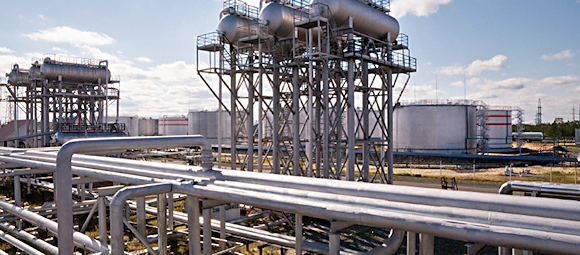
The production and manufacturing demands of 21st -century global commerce are increasing at an astonishing rate, creating industrial challenges that depend on sensors for absolution. The trifecta of 24-hour global production demands, reliable real-time asset monitoring, and the high resource cost required to manage assets in remote locations have led to the emergence of the industrial IoT and its adoption of wireless sensors. Sensors are essential in harsh industrial settings; the key lies in selecting the correct sensor.
Unprotected electronic circuits are easily damaged or destroyed by a number of harsh and inhospitable conditions present in the industrial process, including exposure to water, humidity, extreme temperature fluctuations, ingress of particulates, electrostatic discharge (ESD), electromagnetic interference (EMI), vibrations, and even physical impact. As such, controlling exposure to undesired variables is a critical element in the safety of the equipment, process, and operator. Sensors become both the chief enablers as well as the weakest links in the control system, for their role takes place in the harshest part of a harsh environment.
When designing applications suitable for harsh environments, engineers must take into account the exact conditions under which each sensor application is set to function. For example, sensing and control requirements for down-the-hole need not only resist the high temperatures, pressures, vibrations, and corrosives found in deep-hole-boring environments, but must also track temperature, pressure, resistivity, and even gamma ray radiation levels. Continuous monitoring detects the minutest change, making it easier to identify early warning signs, to plan according to mitigate long-term damage.

With thousands of sensor models available from various vendors, the 10 criteria below provide a frame of reference for how to correctly pair sensors with their specific application:
1. Consider what is being sensed : Are you striving to sense a process parameter (temperature pressure, flow), an object’s presence, the distance to the target, or the position of a mechanism?
2. Environmental condition: Is the sensor suited for the environmental condition which it will inhabit? What are the unique environmental conditions?
3. Range : What is the measurement limit of the sensor? Will the target sit within range?
4. Control interface : What type of controller interface and switching logic is required?
5. Resolution : What is the most granular increment detected by the sensor?
6. Composition of the target : What is the material composition of the substance that will be sensed? Is it metal, is it plastic?
7. Repeatability : Is the variable sensed consistently measured under the same environment?
8. Form factor : How much physical space is available for the sensor and what form best fits the application?
9. Special requirements: Newly added components might create new conditions to be considered. For example, piezoelectric vibration transducers succeed at converting mechanical energy into electrical by stressing a piezoelectric crystal. Its electrical energy output is a direct function of the transducer design and the mechanical energy input. As a result, the crystal may need to be protected against vibrations exceeding beyond a set threshold.
10. Hazardous environments require more than the sensor : Realize that sensors are but one segment of the overall control system; connectors and cables like Class 1 Division 1 must also be accounted for.
Not every setting is ideal for exposed components like sensors, so iterations of the technology have been developed. Weigh the environmental hazards and select the most appropriate sensor for hedging against said hazards. Some manufacturers specialize in creating an array of industrial-ready sensors. One example is TDK EPCOS, which has a roster full of industrial-grade sensors to choose from, including but not limited to NTC temperature measurement sensors, SMD NTC thermistors, level sensors, temperature limit sensors, motor protection sensors, pressure sensors, humidity sensors, and angle sensors. Research the available options and match them up against the system requirements, then make a selection.
Content provided by AspenCore and TDK Epcos
Source: Engineersgarage , Sensortech , and Sensormag
Advertisement
Learn more about Electronic Products Magazine





